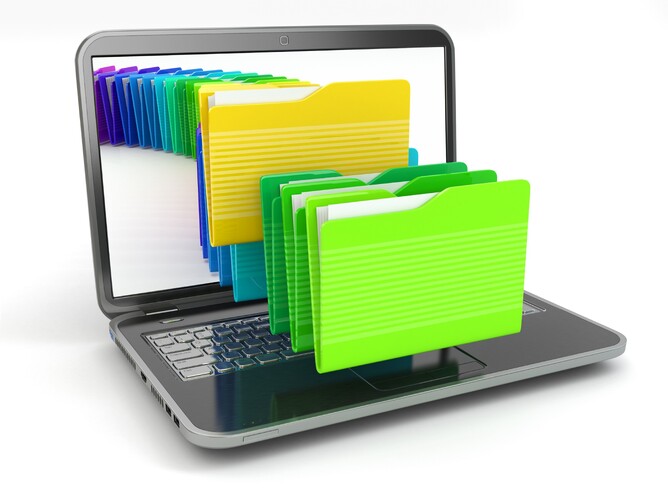As part of our logo design package we save your logo in a variety of formats and colour options to cover most uses. Each of these formats has a purpose and this outline is to help you understand the difference between each file format, and when they are appropriate to use.
VECTOR vs RASTER
First things first, what is the difference between vector and raster?
Raster images (also known as bitmaps) are constructed by a series of pixels, or individual blocks, to form an image. JPEGs, GIFs and PNGs are all raster images. Every photo you find online or in print is a raster image. Pixels have a defined proportion based on their resolution (high or low), and when the pixels are stretched to fill space they were not originally intended to fit, they distort resulting in blurry or unclear images. In order to retain pixel quality, you cannot enlarge raster images without compromising their resolution.
Vector images are far more flexible. They are constructed using proportional formulas rather than pixels. EPS, SVG, AI and PDF are perfect for creating graphics that require frequent resizing. Your logo has been created as a vector, and you should always have a master file on hand. The real beauty of vectors lies in their ability to be sized as small as a postage stamp, or large enough to fit on the side of a truck!
The other wonderful thing about vector images is that the file size is a lot smaller than the corresponding bitmap image.
COLOUR AND BLACK AND WHITE
If we have designed your logo, it has been created in a colour/s specifically chosen to suit your business personality and preference. As well as supplying you with a colour version we also provide you with a black and white version and where appropriate a greyscale version or single colour. Use a black and white logo where your logo is likely to be reproduced in one colour such as photocopying, till receipts and forms.
SIZE MATTERS TOO
Remember to re-size proportionally - usually dragging a handle from the corner of the image rather than dragging from the side or top or bottom. If you enlarge a bitmap image you will start to lose resolution and quality, so use the size closest to what you need. If you are working on a project that needs an extra large logo you are best to talk to your designer or printer about how best to do this.
RASTER FILES
JPEG (or JPG) - Joint Photographic Experts Group
JPEGs are the most common file type you come across on the web, and more than likely the kind of file you are most familiar with. It is most commonly used for photographs, but can be used for other types of graphics such as logos in order to make them accessible to a wide variety of software.
Use this type of file for online use such as your website, email signature and social media. You can also use this file type in MS Office.
PNG – Portable Network Graphics
PNGs are gaining in popularity and use. The advantage of a png file is it can be saved with a transparent background, meaning there is no white box around your logo if you need to place it on a photo or other coloured background. PNG files also render text better than a JPEG so are often a better option than a JPEG.
Use this type of file for online use such as your website, email signature and social media. You can also use this file type in MS Office.
VECTOR FILES
PDF – Portable Document Format
PDFs were invented by Adobe with the goal of capturing and reviewing rich information from any application, on any computer, with anyone, anywhere. A PDF can be viewed without any design editing software (as long as you have downloaded the free Acrobat Reader software). The PDF file for your logo is a vector file and can be used by other designers as well as screen printers, sign writers and others with graphics software such as Adobe Illustrator, CorelDraw and Affinity.
EPS – Encapsulated Postscript
EPS is designed to produce high-resolution graphics for print. Almost any kind of professional design software can create an EPS. It is more of a universal file type that can be used to open vector-based artwork in any design editor, not just the more common Adobe products. An EPS file can only be viewed with professional design software and may be the preferred format if you need to supply your logo to other designers as well as screen printers, sign writers and others with graphics software such as Adobe Illustrator, CorelDraw or Affinity.
AI - Adobe Illustrator
These files are the proprietary format of Adobe Illustrator, the most commonly used professional graphics software. They can also be opened by other graphic software. If you need to view an AI file and don't have any software to do so you have some options:
- In Windows, you need to change the AI file extension to PDF and it will open in your default PDF viewer
- On a Mac you can view AI files in Preview without any changes
- You can also upload AI files to Google Drive and view them there
If you have any questions or need a different file type please do contact us, we are more then happy to help.



